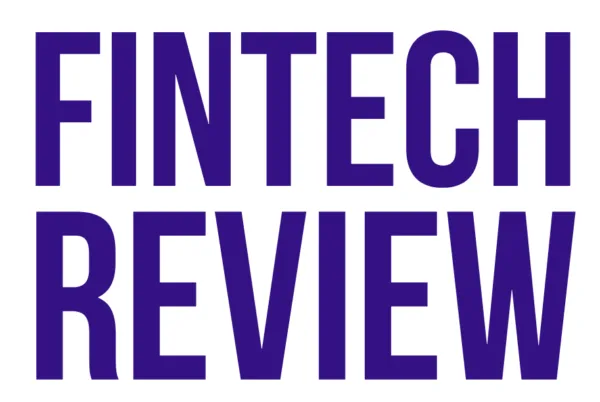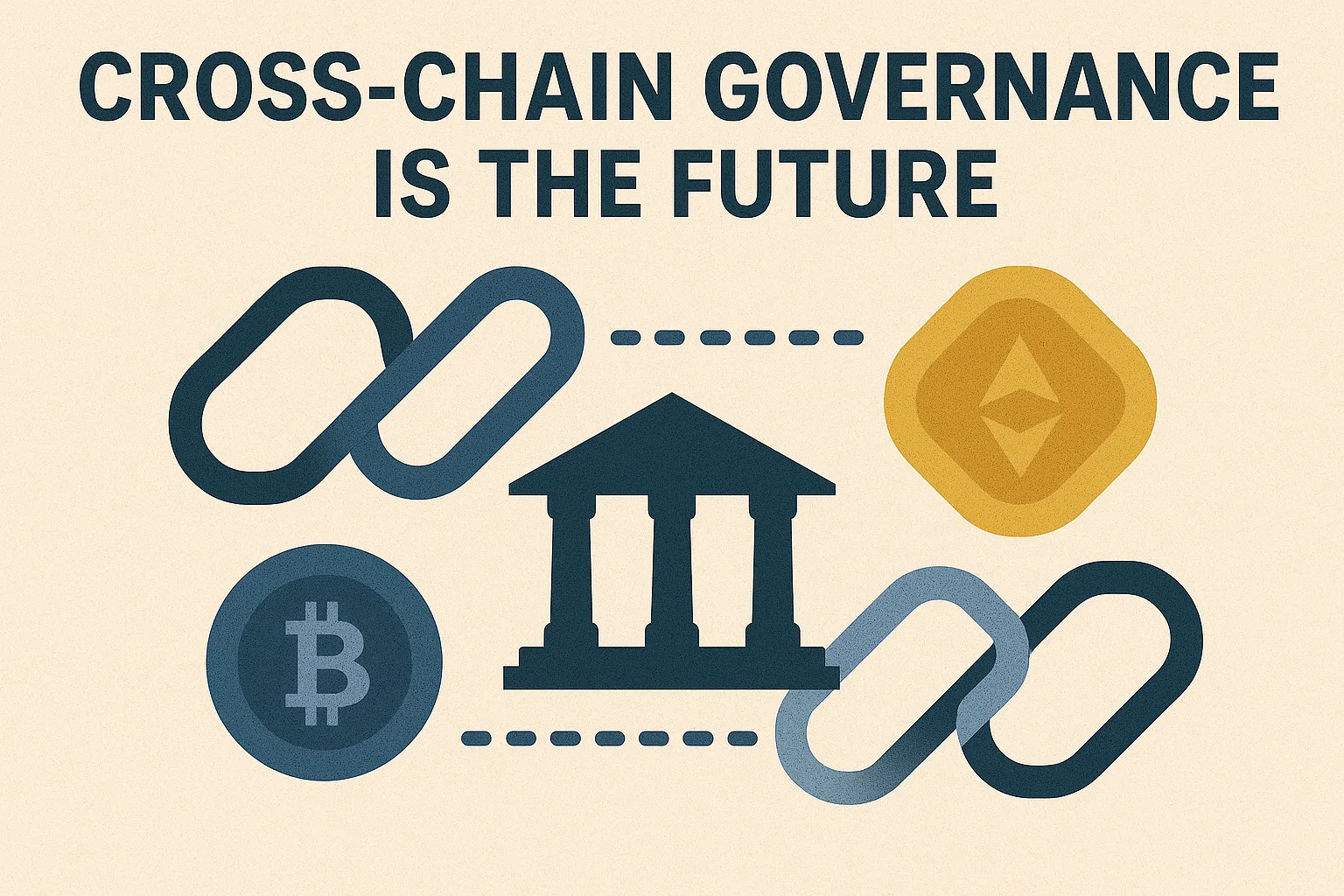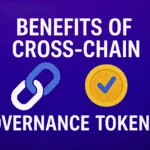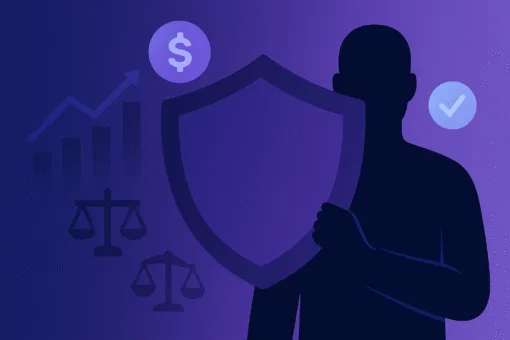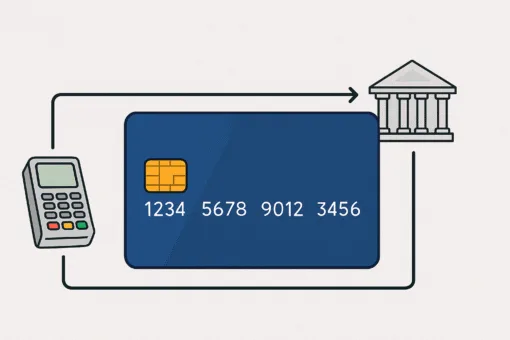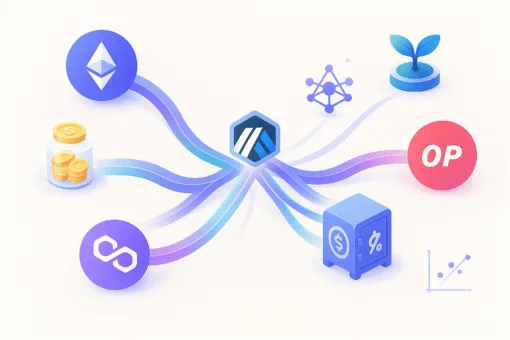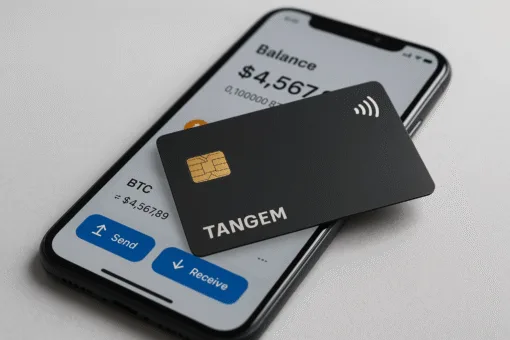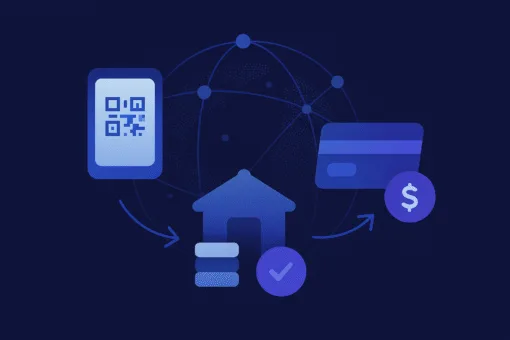Governance is at the heart of every blockchain protocol. It defines how communities make collective decisions, approve upgrades, allocate resources, and adapt over time. Without cross-chain governance, decentralised networks would stagnate or fracture, unable to respond to evolving needs.
Traditionally, governance has taken place on a single chain. Token holders participate in proposals and votes through tools like Snapshot, Aragon, or Tally, shaping the direction of the protocol they support. This model worked when most ecosystems lived on one network. But Web3 has evolved. DeFi, NFTs, DAOs, and infrastructure protocols now operate across multiple blockchains, each with its own assets, treasuries, and communities.
In this context, a single-chain governance model no longer meets the demands of modern decentralised systems. That is why cross-chain governance, the ability to govern seamlessly across multiple blockchains, is emerging as the future of Web3 coordination.
The Limits of Single-Chain Governance

Most blockchain governance is still designed with a single-chain mindset. For example, a protocol like Compound built its voting system directly on Ethereum. Holders of COMP tokens can propose, delegate, and vote on protocol upgrades, all on the Ethereum chain.
However, when protocols expand to multiple networks, cracks in this model appear. Consider a DeFi protocol that exists on Ethereum, Arbitrum, and Polygon. Token holders may need to:
- Run separate governance votes for each network
- Duplicate treasury management tools
- Manage liquidity incentives and fees chain by chain
- Coordinate upgrades manually across deployments
This fragmentation creates inefficiencies. It lowers voter participation, as many holders may not want to bridge tokens between chains or engage in repeated votes. It also increases risk: if one chain updates and another does not, the protocol could fork itself unintentionally.
As ecosystems scale, communities need governance structures that transcend chain boundaries.
What Cross-Chain Governance Enables

Cross-chain governance introduces a new paradigm. Instead of operating siloed votes and treasuries, communities gain a unified mechanism to govern across chains.
Key capabilities include:
- Unified proposals: A single vote can affect smart contracts, parameters, or upgrades across multiple chains.
- Inclusive voting: Token holders can participate regardless of which chain their assets reside on.
- Coordinated treasuries: DAOs can manage liquidity, incentives, and assets across ecosystems without duplication.
- Synchronized upgrades: Code changes and protocol improvements can be rolled out consistently, reducing technical risk.
In short, cross-chain governance brings cohesion to communities that are increasingly multi-chain by design.
How Cross-Chain Governance Works

Different projects are exploring various approaches to enable governance beyond single chains. The main models include:
- Messaging protocols. Cross-chain communication layers like LayerZero, Axelar, Wormhole, or Chainlink CCIP relay governance signals between chains. A vote result on Ethereum can be transmitted securely to Polygon or Arbitrum for execution.
- Multi-chain token aggregation. Voting power can be tallied across chains, often by taking snapshots at the protocol level and combining them into a unified result.
- Execution frameworks. Protocols like Gnosis Zodiac or DAOStack provide modular frameworks for governance, allowing actions taken on one chain to trigger multi-chain outcomes.
- Bridged governance. Votes are cast on one chain and mirrored on others via bridges, ensuring execution follows community decisions.
Each method carries different assumptions about trust, security, and complexity. Messaging solutions require strong relayers, while bridging approaches must secure cross-chain token flows.
Examples of Cross-Chain Governance in Action

Cross-chain governance is not theoretical—it is already being deployed:
- Uniswap recently passed a proposal to deploy its protocol on BNB Chain, with governance decisions executed across multiple chains through cross-chain messaging.
- Safe enables DAO-controlled multisigs to manage assets across Ethereum, Polygon, and other chains through Zodiac modules.
- Osmosis and Cosmos Hub coordinate upgrades through the Cosmos IBC governance system, where proposals can span zones within the Cosmos ecosystem.
- LayerZero-powered DAOs are beginning to explore live governance logic that operates across connected chains in real time.
These examples show that protocols are actively experimenting with ways to unify decision-making in fragmented environments.
Benefits of Cross-Chain Governance

The move toward cross-chain governance brings several advantages:
- Improved coordination. Decisions are made once and implemented everywhere, avoiding inconsistent outcomes.
- Higher participation. Voters do not need to bridge tokens or split attention across multiple votes. This lowers friction and strengthens inclusivity.
- Scalability. Protocols can expand across chains without losing governance cohesion.
- Resilience. Multi-chain operations reduce dependence on a single network. If one chain experiences downtime or censorship, governance can continue elsewhere.
- Efficiency. Treasuries, incentives, and liquidity can be allocated more effectively across ecosystems.
Collectively, these benefits make governance more responsive, decentralised, and sustainable.
Challenges and Considerations

Despite its promise, cross-chain governance is not without challenges.
Security risks
Messaging protocols and bridges are historically prone to exploits. A governance attack on one chain could cascade across all connected networks if not secured properly.
Consensus complexity
Different chains operate at different speeds, with varying finality rules. Coordinating votes across them can create delays or inconsistencies.
Voter fatigue
Complex cross-chain proposals may discourage participation if not streamlined through user-friendly tools.
Integration hurdles
Existing smart contracts and governance frameworks may not be designed for cross-chain functionality, requiring significant upgrades.
Nonetheless, DAO tooling, interoperability protocols, and modular frameworks are advancing rapidly, reducing these barriers.
The Evolution of Governance: From On-Chain to Cross-Chain

It is worth stepping back to understand how governance models have evolved in Web3.
- Early governance (2015–2017): Simple on-chain voting on Ethereum with small communities (e.g., The DAO).
- DeFi era (2018–2020): Complex protocols like Compound and MakerDAO introduced sophisticated token-weighted voting.
- DAO tooling (2020–2022): Platforms like Snapshot, Tally, Aragon, and Gnosis Safe enabled off-chain voting with on-chain execution.
- Multi-chain reality (2022–2025): Protocols expand to dozens of chains and rollups, requiring governance that spans ecosystems.
Cross-chain governance represents the next natural stage of this progression.
Why It Matters for the Future of Web3
Web3 is no longer defined by a single chain. With Ethereum L2s, alternative L1s, Cosmos zones, Polkadot parachains, and app-specific blockchains, the landscape is inherently multi-chain.
For protocols and DAOs, survival depends on the ability to govern effectively across these environments. Without cross-chain governance, communities risk fragmentation, inefficiency, and reduced security.
Cross-chain governance allows Web3 to remain decentralised at scale, preserving its founding principles while adapting to technological complexity.
Conclusion

Blockchain governance has come a long way, but its future clearly extends beyond individual chains. Cross-chain governance empowers communities to make unified, efficient, and secure decisions across fragmented ecosystems.
While challenges remain, particularly around security and technical complexity, the direction is clear. Protocols are already experimenting with live deployments, and tooling is improving rapidly.
As blockchains continue to interconnect, cross-chain governance will become the standard, not the exception. It ensures that communities can act together, adapt quickly, and grow sustainably in an increasingly multi-chain world.
The future of governance lies in coordination that transcends borders. Whether those borders are national or digital. And in Web3, that means embracing the reality of cross-chain governance.
